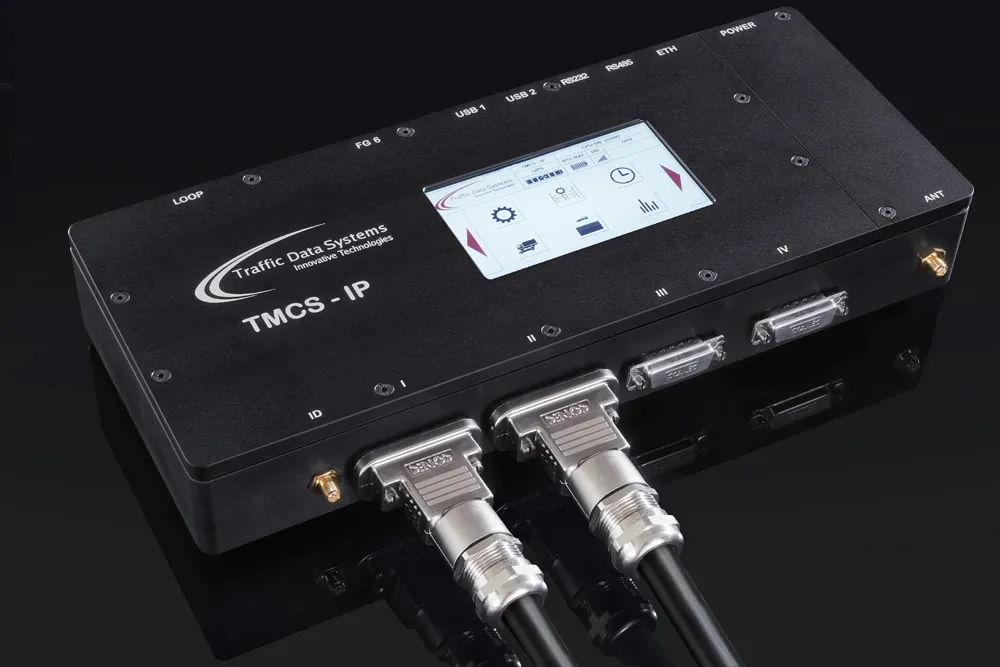AGD’s new multi-lane monitoring radar, the 342MM, is an FMCW radar measuring the number and speed, range and length of passing vehicles for traffic profiling and incident detection. According to AGD, the radar monitors multi-lane highways at 195 frames per second, allowing it to process up to ten times more data per vehicle than some other units, providing greater count, speed and length accuracy. The high frame rate is said to reduce the effects of occlusion from central reserve concrete barriers and other
June 16, 2015
Read time: 1 min

According to AGD, the radar monitors multi-lane highways at 195 frames per second, allowing it to process up to ten times more data per vehicle than some other units, providing greater count, speed and length accuracy. The high frame rate is said to reduce the effects of occlusion from central reserve concrete barriers and other vehicles.
The 342MM is mounted at 45° degrees to the flow of traffic, enabling it to be mounted on cross-carriageway structures such as bridges and gantries as well as to standard or lighting columns.










